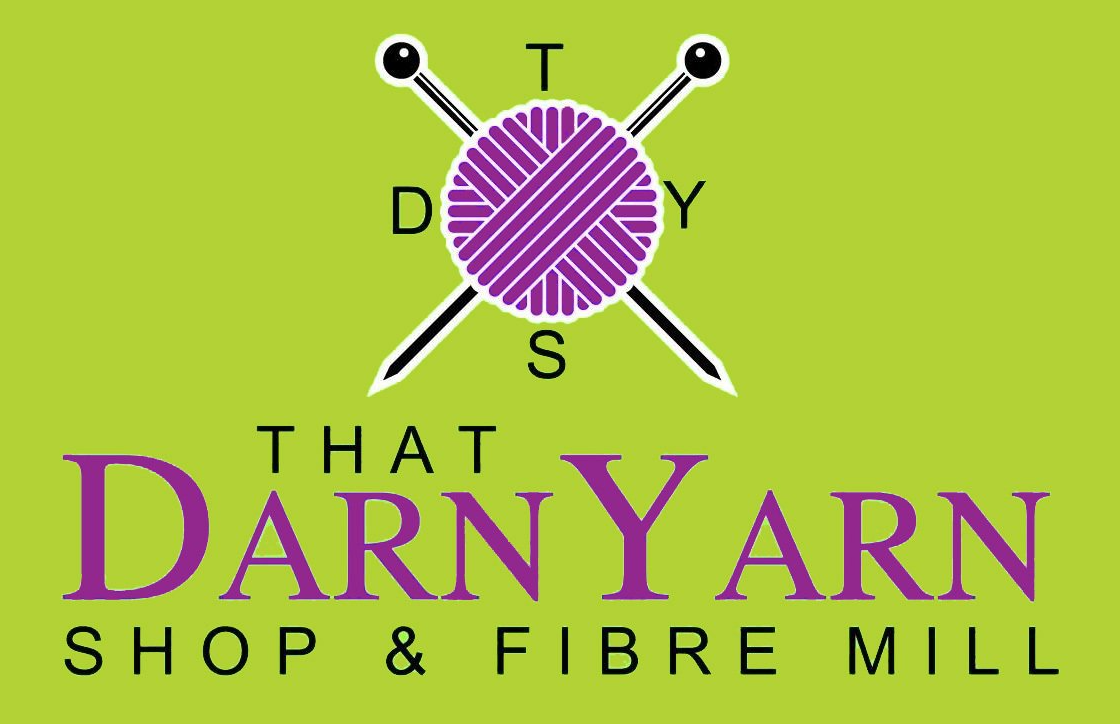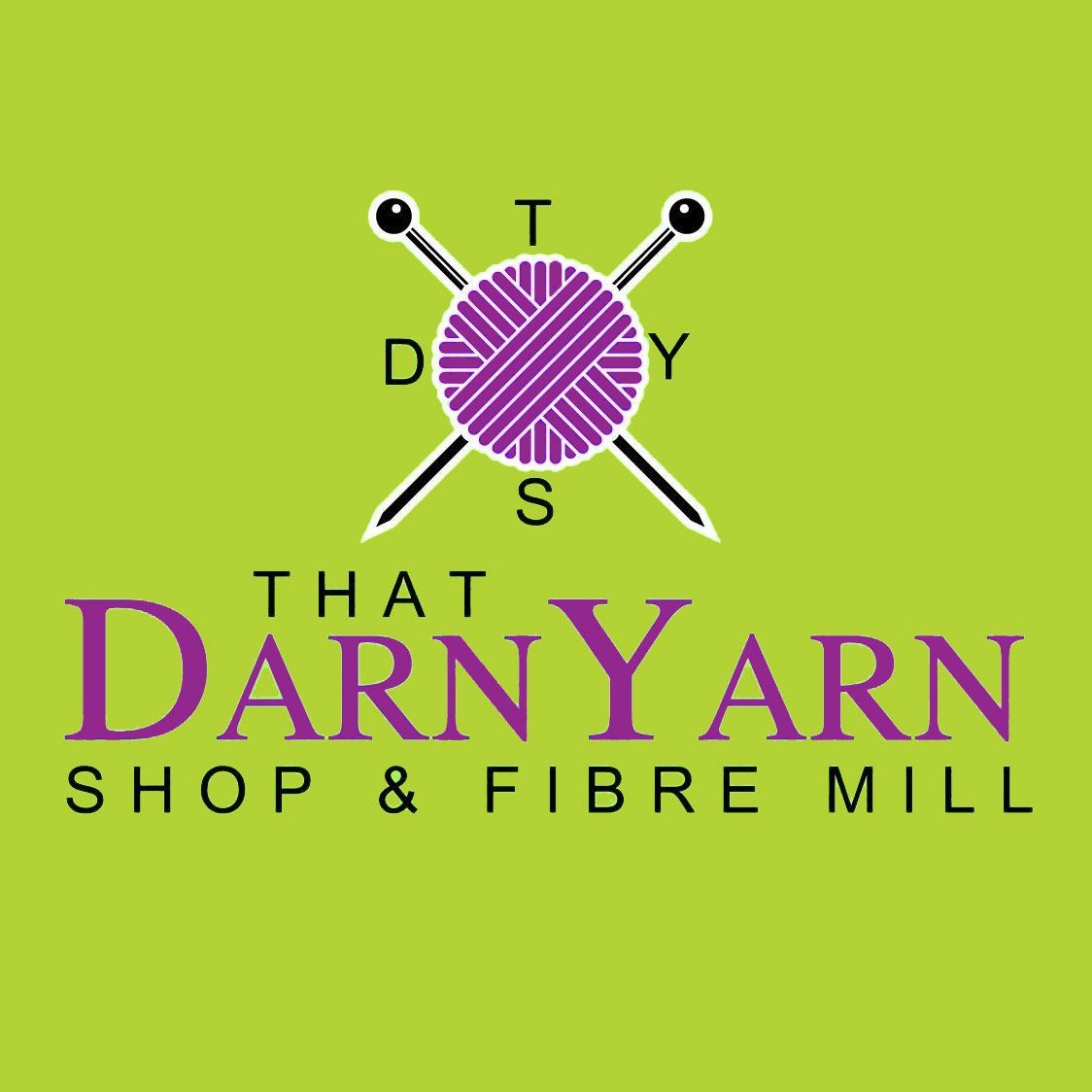Tumbler
Place the skirted fleece into a tumbler to remove organic materials.
We will tumble the fleece to remove as much as organic material as possible. Shaking the sand and grit out of raw fibre before washing, dehairing, carding and pin drafting, will save a lot of difficulty. It will help create a better end product with the least amount of organic matter.
Scouring
Also known as deep washing.
When raw fibre comes in it must be washed and rinsed to remove dirt and small particles along with animal dander and excessive oils. The fibre will need to be washed from one to three times depending on how dirty the raw fibre is. Water recycling will be utilized to conserve water and energy requirements.
Picking
Separates the fibre.
Once dried, the washed fibre is passed through a picker into a collecting box. The picker teases the fibres apart, opening and separating entanglements and depositing bits of debris under the machine. The fibres are literally thrown into a collecting box where conditioning oils can be added to the loose accumulation of fibre. The picker can also be used to blend fibres of different types and colours into a homogeneous mix.
Tumble (Again!)
Place the scoured, picked oped fleece into a tumbler to remove further organic materials.
We will tumble the fleece again to remove further organic materials. After the fleece has been scoured and picked open, it releases further unwanted organic material that was caught in the locks and held by the lanoline. It will help create a better end product with the least amount of organic matter.
Carding
Puts the fleece into roving or batts.
The carding process passes the clean and dry fibre through a system of wire rollers to straighten the fibres and remove any remaining vegetable matter. The rollers vary in diameter and turn at different speeds in order to form a thin web of aligned fibres. This web can be turned into batts which are used in quilts and felt making or the web can be consolidated into roving which are further processed into yarns. Blending of colours and types of fibre can be done at this stage.
Pin-Drafting
Creates a consistent roving.
A pin drafter is used to create a roving consistent in size over its entire length. A pin drafter blends multiple roving into one fibre stream and uses controlled drafting to size the output roving. Multiple passes through a pin drafter or multiple pin drafters placed one after another, are used to produce a strong, uniform roving of a size that can be easily managed at the spinner. Unique roving and yarns can be created by blending at this stage.
Spinning
Twists the fibre into a strand.
Spinning is taking separate fibres and twisting them together to bind into a stronger, long yarn. Characteristics of the yarn vary, based on the material used, fibre length and alignment, quantity of fibre used and degree of twist. A tightly spun yarn with no air in it is called worsted. The fibres all lie in the same direction as the yarn and the yarn is long wearing and has a distinctive sheen. Our yarns are worsted.
Skeining
Wind the finished yarn into a skein.
One and a half or two yard skeins are wound using a skein winder. Individual skeins are then hand twisted and looped. Skeins can be opened and hand painted or vat dyed. Skeins must be wound into balls prior to hand knitting.


